Hearing from people who were directly involved in the Civil Rights Movement is always so impactful. It is also a reminder that these struggles did not occur in the very distant past but within the lifetimes of folks who are still very much active and involved today.
Courtland Cox, Judy Richardson, and host Jessica Rucker lifted my soul with inspiration. Thank you all, I really needed that.
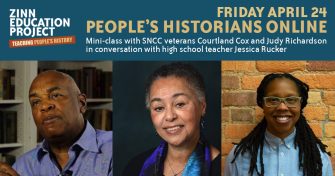
The energy in the “room” during the April 24 People’s Historians Online — even at a distance — was palpable. Close to 200 teachers, parents, students, and others gathered via Zoom to learn about the history of the Student Nonviolent Coordinating Committee (SNCC) on this 60th anniversary year. SNCC veterans Courtland Cox and Judy Richardson were the featured guests, in conversation with high school teacher Jessica Rucker.
Here are some highlights of the session. Further below we offer a full video recording.
After describing the origins of SNCC, Courtland Cox talked about the use of “comic books” for popular education as they organized for voting rights in Alabama in 1965. These are described on the SNCC Digital Gateway website:
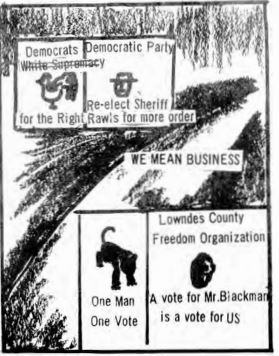 One often overlooked aspect of SNCC’s organizing is the creativity invested in political and economic education. Lowndes County, Alabama was a clear example of this. There, in 1965, SNCC organizers designed and distributed comic books to educate people about local elected officials, so they could take charge of their communities. In the comics, SNCC “got people to believe” in their power to affect change by building a base of political power. “Us Colored People,” written by Courtland Cox and illustrated by Jennifer Lawson, showed how a character named “Mr Black Man” became politically awakened, registered to vote, and ultimately county sheriff himself. The comic book explained the political strategy: “The way to deal with [police brutality] is get a new sheriff, who accedes to your view of the world.”
One often overlooked aspect of SNCC’s organizing is the creativity invested in political and economic education. Lowndes County, Alabama was a clear example of this. There, in 1965, SNCC organizers designed and distributed comic books to educate people about local elected officials, so they could take charge of their communities. In the comics, SNCC “got people to believe” in their power to affect change by building a base of political power. “Us Colored People,” written by Courtland Cox and illustrated by Jennifer Lawson, showed how a character named “Mr Black Man” became politically awakened, registered to vote, and ultimately county sheriff himself. The comic book explained the political strategy: “The way to deal with [police brutality] is get a new sheriff, who accedes to your view of the world.”
Teachers commented (in the chat box) that they could use these in their classrooms to teach about the history of the Civil Rights Movement and to help students think about strategies for organizing today.
Courtland also shared the origins of the black panther symbol (a precursor to its use by the Black Panther Party in Oakland) as a counter to the rooster, the symbol of the white supremacist Democratic Party. (Read more in Lowndes County and the Voting Rights Act by Hasan Kwame Jeffries.) He emphasized that their work was not just to get the right to vote, but for “regime change.”
Judy Richardson emphasized the power of music. She shared stories about Bernice Johnson Reagon (who later founded Sweet Honey in the Rock). Reagon is quoted at the SNCC Digital Gateway,
More than anything, freedom music was a tool for liberation–“an instrument,” Bernice Johnson explained, “that was powerful enough to take people away from their conscious selves to a place where the physical and intellectual being worked in harmony with the spirit.”
In her closing, Judy said a line that got repeated often in the chat box, “If you do nothing, nothing changes.”
Facilitator Jessica Rucker shared that she brings this history to her students with the SNCC Digital Gateway website and a lesson at the Zinn Education Project website, Teaching SNCC: The Organization at the Heart of the Civil Rights Movement.
Here is a video of the full session (except the breakout groups.)
Key Resources
In addition to the resources referenced above, here are some of the materials mentioned by the presenters and in the chat box.
LessonsTeaching SNCC: The Organization at the Heart of the Civil Rights Movement by Adam Sanchez. A series of role plays that explore the history and evolution of the Student Nonviolent Coordinating Committee, including freedom rides and voter registration. Who Gets to Vote? Teaching About the Struggle for Voting Rights in the United States by Ursula Wolfe-Rocca. A unit with three lessons on voting rights, including the history of the struggle against voter suppression in the United States. |
||
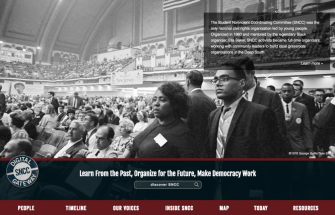 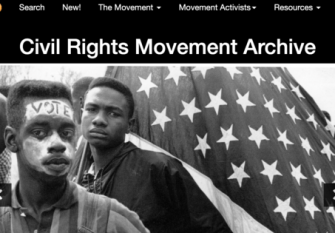 |
Digital CollectionsSNCC Digital Gateway An online collection of primary documents, profiles, a timeline, a map, and stories. The site was developed in collaboration with the SNCC Legacy Project, with Courtland Cox and Judy Richardson among the project leaders. Many of the people, events, and themes referenced during the session can be found at the site, including: music, Amzie Moore, June Johnson, H. Rap Brown, black panther symbol, and comic books. Civil Rights Movement Archive An extensive collection of primary documents and narrative histories of the Black freedom struggle in the South. Telling Their Stories: Oral History Archives Project with veterans of the Civil Rights Movement in Mississippi. Education and Democracy: Complete online collection of the Freedom School curriculum from Mississippi, 1964. |
|
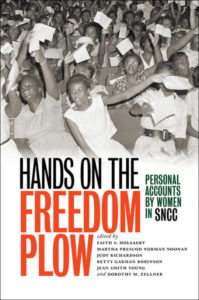 |
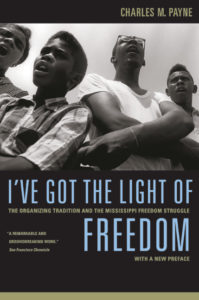 |
BooksHands on the Freedom Plow Stories from fifty-two women — southern and northern, old and young, rural and urban, Black, white, and Latina — about working for the Student Nonviolent Coordinating Committee (SNCC). I’ve Got the Light of Freedom: The Organizing Tradition and the Mississippi Freedom Struggle by Charles Payne. A people’s history of the Civil Rights Movement in Mississippi. Local People: The Struggle for Civil Rights in Mississippi by John Dittmer. A detailed, grassroots description of the Civil Rights Movement in Mississippi. |
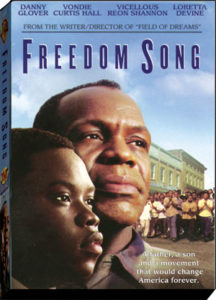 |
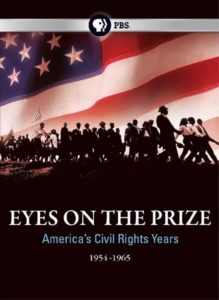 |
FilmsFreedom Song This feature film is based on the actual history of the Student Nonviolent Coordinating Committee (SNCC), student activism, and voter registration in McComb, Mississippi. Recommended for high school students. Eyes on the Prize: America’s Civil Rights Years, 1954-1985 An award-winning 14-hour film series produced by Blackside and narrated by Julian Bond. Through interviews and historical footage, the series covers many major events of the Civil Rights Movement. Judy Richardson was the series researcher and series associate producer. |
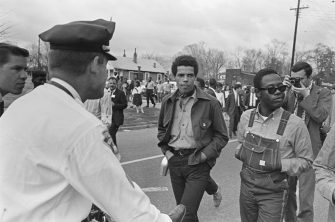 |
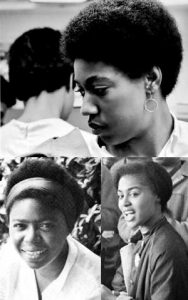 |
ArticlesSNCC and/in the North by Say Burgin. Article in Black Perspectives on how Friends of SNCC chapters in the North provided vital support to the on-the-ground efforts of SNCC in the South and played a role in Northern civil rights struggles. What We Owe to the Black Women of this Powerful Civil Rights Group by Melinda D. Anderson. Article in Zora magazine on the central role of Black women in the Student Nonviolent Coordinating Committee (SNCC). It features interviews with the three women pictured to the left (Jennifer Lawson, Gwendolyn Zoharah Simmons, and Judy Richardson). |
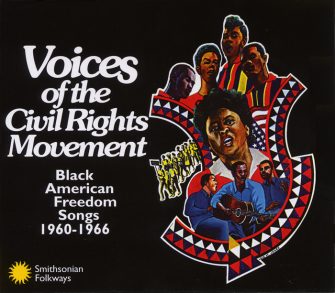 |
MusicVoices of the Civil Rights Movement: Black American Freedom Songs 1960-1966 Many of the songs in this Smithsonian Folkways collection were recorded live in mass meetings. The freedom songs draw from spirituals, gospel, rhythm and blues, football chants, blues and calypso forms. The liner notes are by Bernice Johnson Reagon. The songs played to open and close the April 24 session were “Ain’t Gonna Let Nobody Turn Me Around” and “Woke Up This Morning with My Mind Stayed on Freedom.” |
|
The resources listed above were mentioned during the online session. Find many more more articles, lessons, books, and films on SNCC.
Reflections
Here are excerpts from the participant evaluations of the sessions.
What I learned.
I learned so much from hearing Courtland Cox talk about his history, and what significant events happened when he was in high school that led up to the SNCC being formed by college age students. It just really made it relatable to me as a high school history teacher, and how I can get my students to relate to the experiences of SNCC.
I loved how Judy Richardson “showed the personal” piece of the movement. It is different to read the information and see the timeline for the movement, but to hear the personal reaction to the hideous actions, changes things. It lifts it off the pages of history.
Too much to list here. But the power of narrative, solidarity thru song, political education through art, comics, the importance of power analysis, listening to the local, giving hope to youth organizers today…
I really enjoyed learning about how the comic books that Courtland Cox and others developed and shared to help educate. I think they are a fascinating primary source to use in discussion with students and to help make concrete the various small parts of organizing and activism — it’s not all marching.
The story from Judy about the importance of song in creating unity in the rural church story. There were also so many quotes that I took away from today’s session about the importance of righteous anger, that change is made by the minority, and the importance of building power and local power.
“The minority makes the difference.” — Courtland Cox. Also, I’m thinking about ways to show how music can be a unifying force AND a tool for resistance within the Civil Rights movement. I am also going to look into using comic books within the CRM as primary sources.
The best thing a teacher can do about power is to show a student that they have power within themselves. Also the statement about music being a tool of resistance and how music creates unity in a group.
Reminder about popular education techniques like songs and comics. From our breakout we named what SNCC teaches us- fearlessness, moving people from the heart, very young people did this work, importance of identifying needs in our own communities.
Courtland Cox’s disucussion of developing the comic for informing voters and letting them know they have power and how to exercise it. The development of the symbol also made me think about what the symbol/comics of today might be in the fight for social justice. Might ask my students to create one.
“If you do nothing, nothing will change.” What a powerful statement for our students to think about. I will use this to challenge my students to be the change they want to see.
Just the opportunity to hear first hand voices. Such an undervalued resource too often, our living historians.
The format.
EVERYTHING WORKS! This is the second one I’ve done and I’m very impressed.
I loved everything! I’ve never done a breakout session on Zoom — that was amazing! It was also nice to talk in a smaller group. If I made any changes, it would only be to allow for a little more time for the breakout sessions.
I appreciated the large group and break out rooms. I wasn’t sure I would like the breakout experience for such a short time, but I am SO GLAD you set that up.
I really appreciated the breakout groups because it allowed me to learn the different perspectives of people in other cities/states. I also liked seeing other students like me engaging in such a rich discussion.
I enjoyed hearning from guest veternas as well as from people in my breakout group.
That was exemplary. Well-scripted introduction, use of polls, assigned panelists who knew how to use the platform, brief and structured breakouts, use of chat. The shout-outs and musical play-off were ingenious!
Really liked the breakout room idea; saw that at least one professor had invited her students and was encouraging them in the chat box. Wish I had thought of that!
Speakers
Both Judy Richardson and Courtland Cox are in the leadership of the SNCC Legacy Project and played a lead role in the creation of the SNCC Digital Gateway.
Judy Richardson was on the staff of the Student Nonviolent Coordinating Committee (SNCC) in Georgia, Mississippi, and Lowndes County, Alabama (1963-66) and ran the office for Julian Bond’s successful first campaign for the Georgia House of Representatives. She founded the children’s section of Drum & Spear Bookstore and was children’s editor of its Press. Her SNCC involvement has always been a strong influence: in her documentary film work for broadcast and museums (including the award-winning 14-hour PBS series Eyes On The Prize, PBS’ Malcolm X: Make It Plain, and Scarred Justice: The Orangeburg Massacre 1968); and in the writing, lecturing and workshops she conducts on the history and relevance of the Civil Rights Movement. Read more.
Courtland Cox became a member of NAG and the Student Nonviolent Coordinating Committee (SNCC) while a Howard University student. He worked with SNCC in Mississippi and Lowndes County, Alabama, was the Program Secretary for SNCC in 1962, and was the SNCC representative to the War Crimes Tribunal organized by Bertram Russell. In 1963 he served as the SNCC representative on the Steering Committee for the March on Washington. In 1973, Mr. Cox served as the Secretary General of the Sixth Pan-African Congress and international meeting of African people in Tanzania. He co-owned and managed the Drum and Spear bookstore and Drum and Spear Press. Read more.
Jessica A. Rucker is an electives teacher and department chair at Euphemia Lofton Haynes Public Charter High School in Washington, D.C. She is a member of the D.C. Area Educators for Social Justice and was a participant in the 2018 NEH Summer Teacher Institute on the grassroots history of the Civil Rights Movement. She is a native Washingtonian and community accountable scholar with more than a decade and a half of youth development and community education expertise.
More Sessions
Read about and register for more sessions.
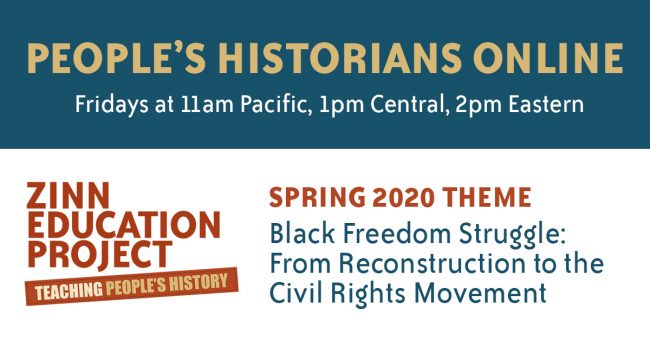
Please make a donation so that we can continue to offer people’s history lessons, resources, workshops — and now online mini-classes — for free to K-12 teachers and students. We receive no corporate support and depend on individuals like you.

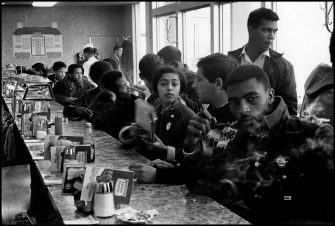
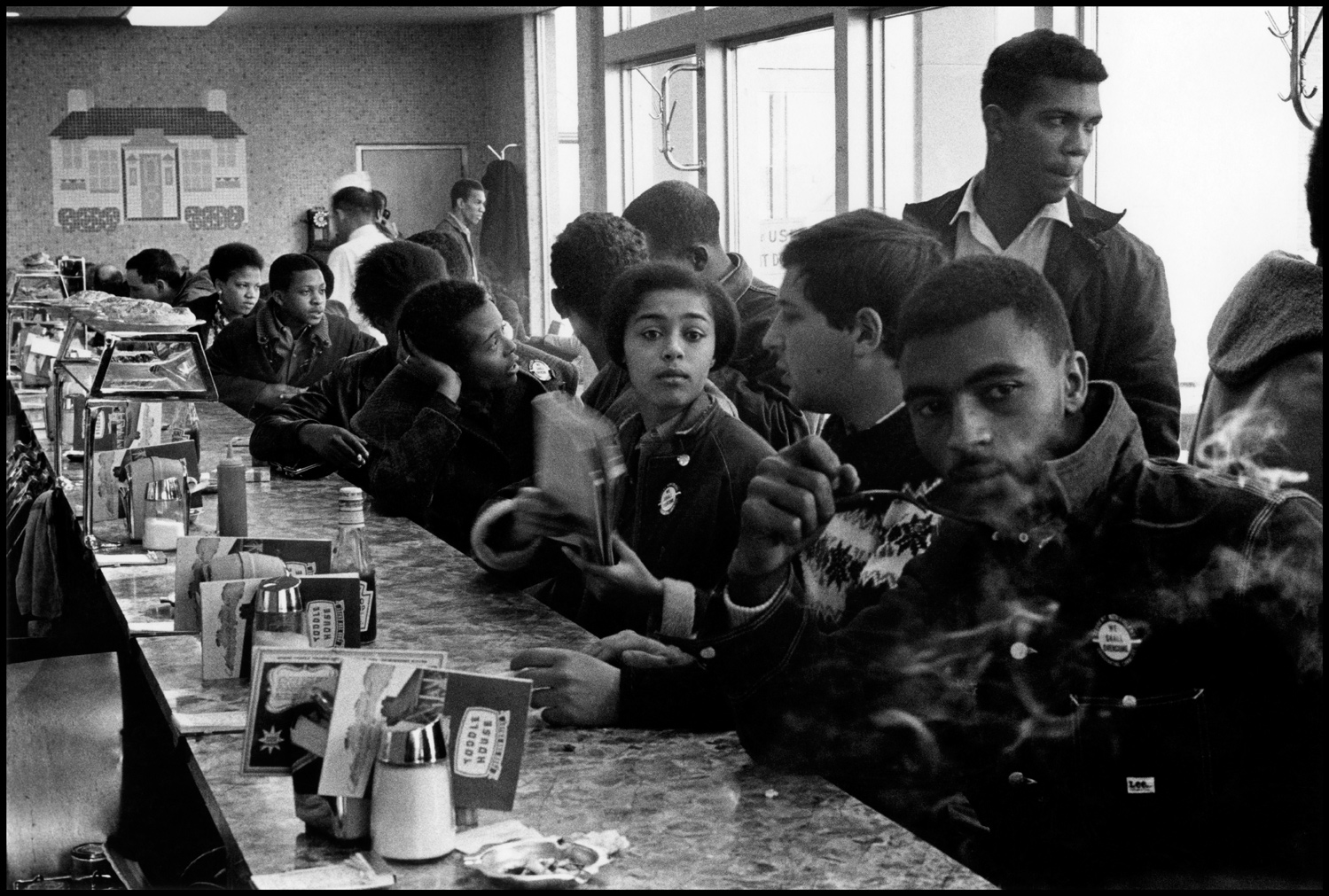

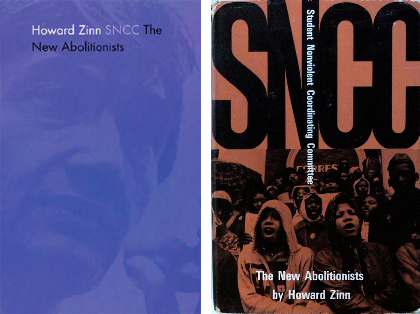
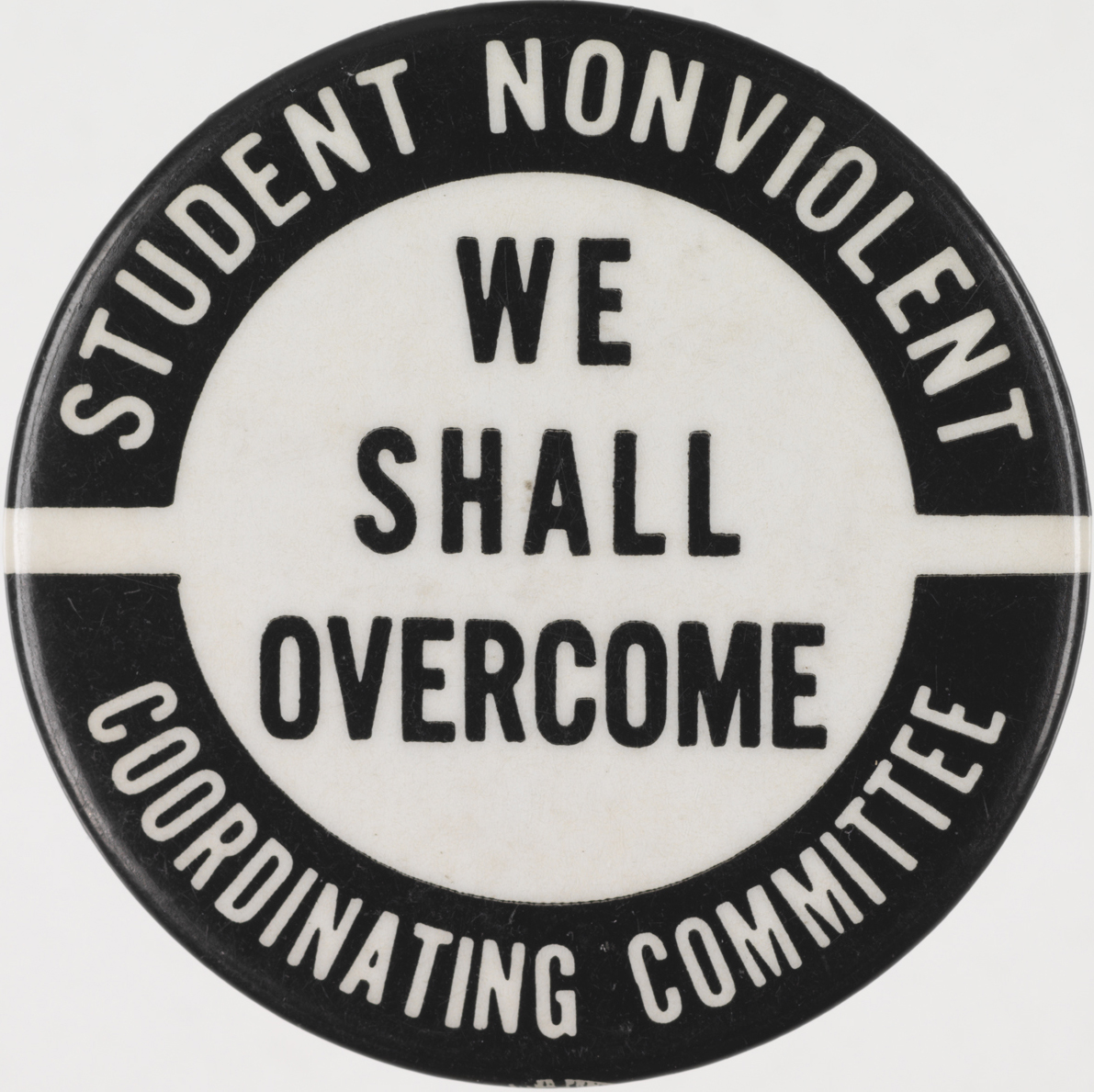
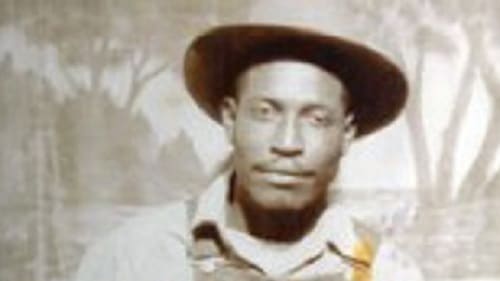
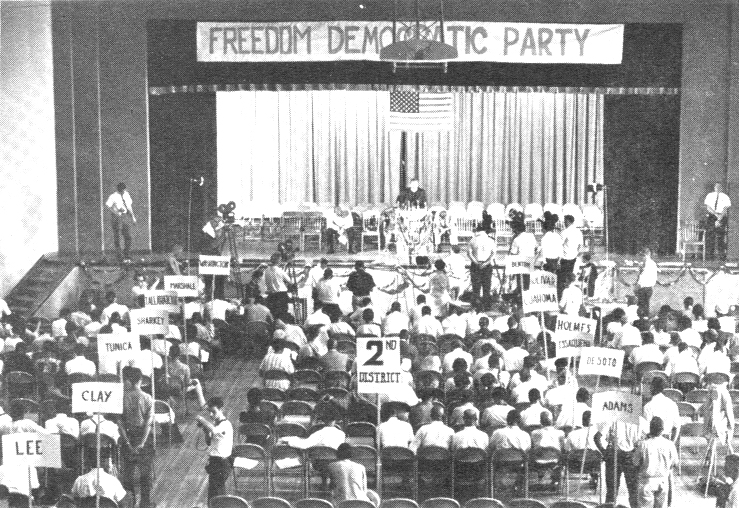
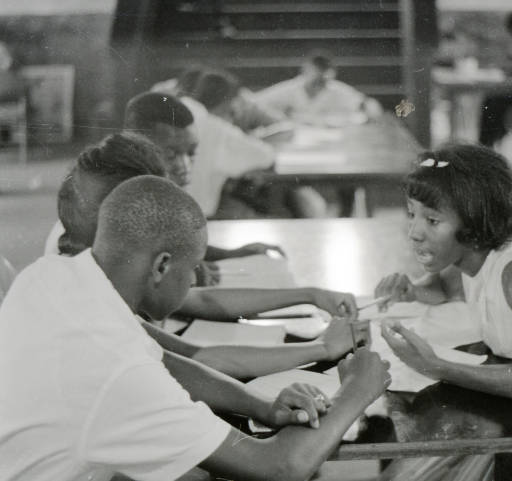
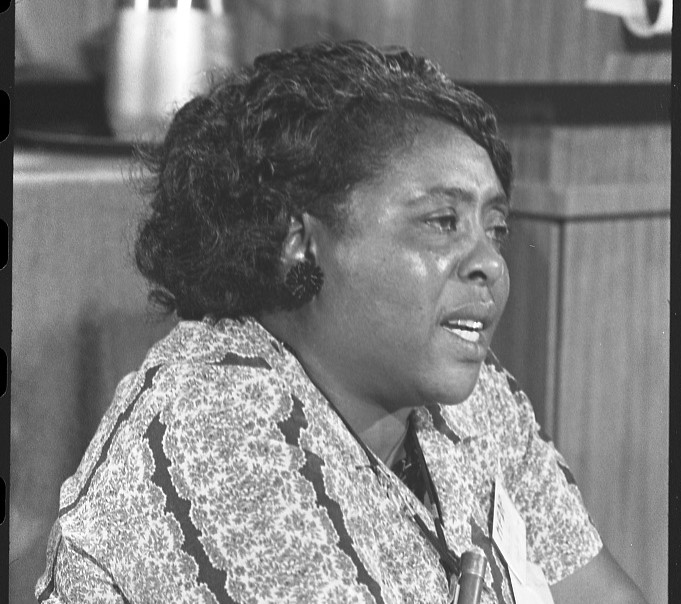
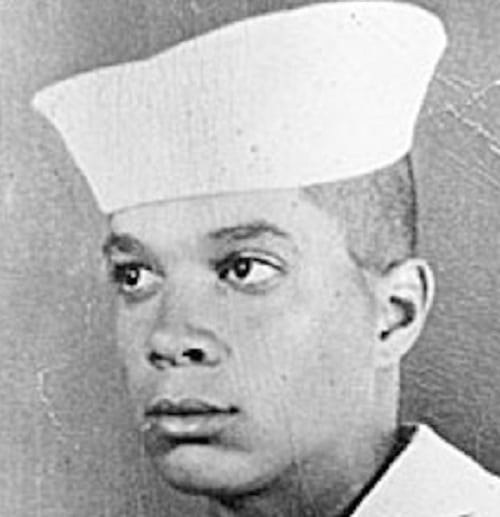
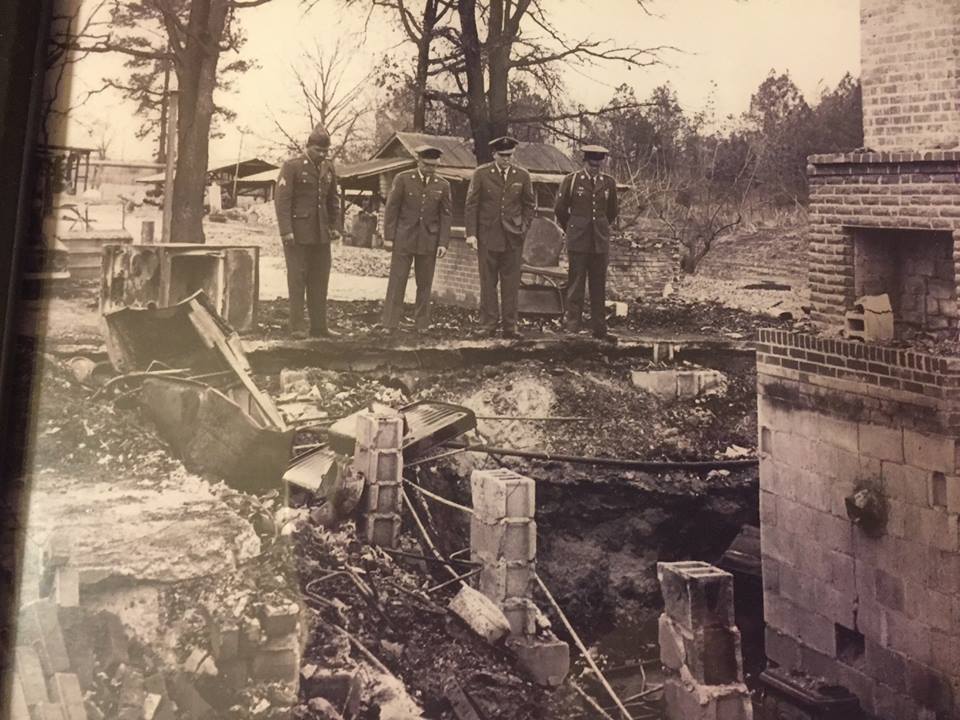
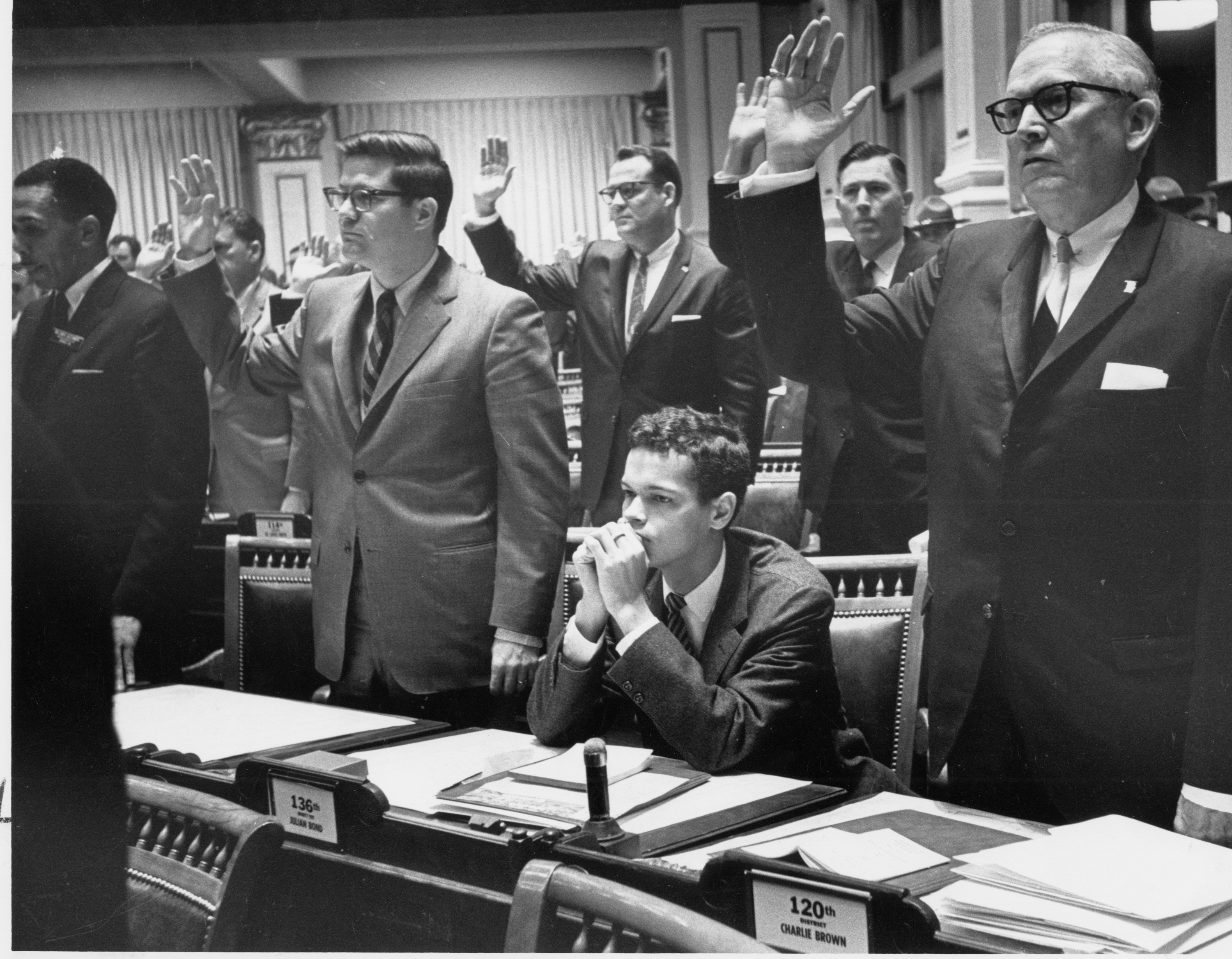





Students may find the Canadian story of organizing against injustice interesting. Please check out the B.C. Labour History Centre Unit The On To Ottawa Trek. It includes music, film and storytelling about a group of men who travel across Canada in boxcars to protest treatment of the poor and unemployed, many who were forced to live in labour camps to survive.
Looking forward to this